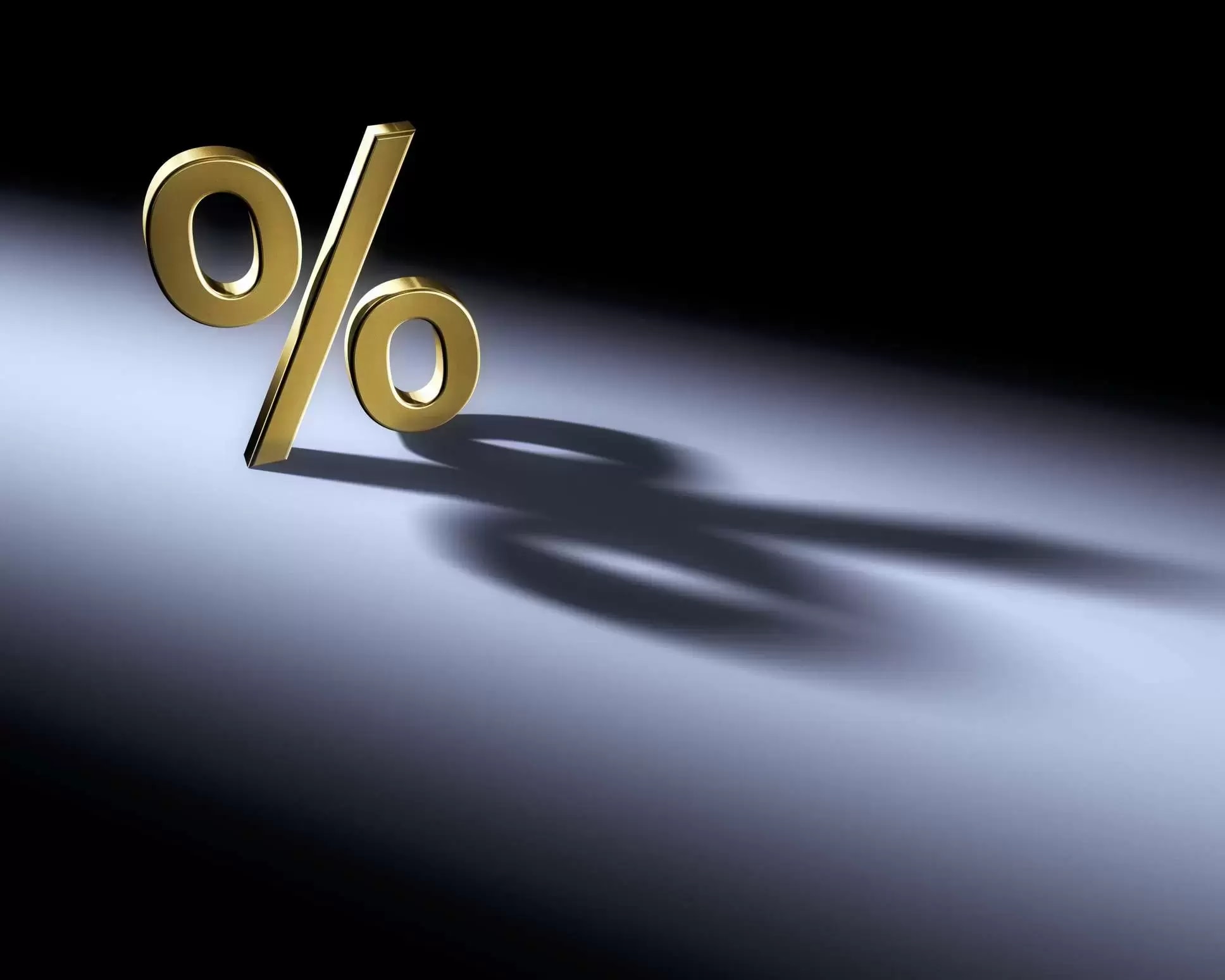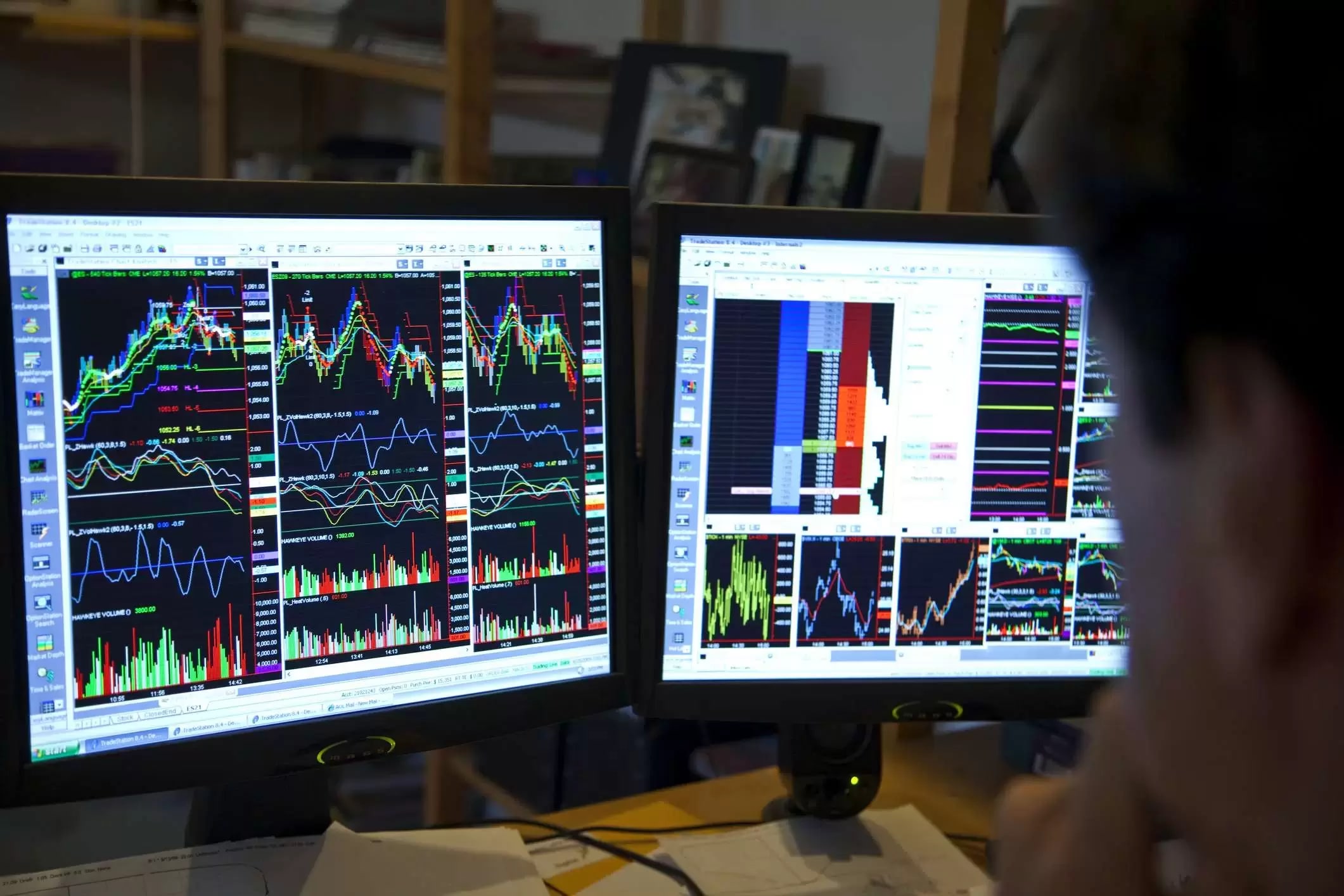How often are dividends paid?
Understanding when and how often dividends are paid out can have a large impact on the growth rate of a portfolio. Whilst the yield may be useful as a guide to establishing the income potential of a stock, how frequently this amount is paid determines the rate at which a portfolio can benefit from compounding.
In the USA, it is common for most stocks to pay dividends to their shareholders on a quarterly basis, with the exception of some real estate stocks, which pay monthly.
In the UK however, it’s more common for large companies to make payments to their shareholders twice a year, or “bi-annually”, with one annual payment, and one interim payment. There may also be special payments made out to investors when a company has an excess of cash that isn’t required for the current growth model.
There is also the exception of some UK real estate stocks that provide monthly payments, and a small number of stocks that pay a quarterly dividend.
On the surface, you may think that it would be prudent to invest in US stocks over UK stocks if you are looking to take advantage of the compounding effects of monthly payouts. However, careful consideration needs to be paid to the amount of tax that you will be charged on the dividends paid if you are planning to purchase them whilst living in the UK, as the tax you will be charged may offset the benefits of doing so.
Foreign companies may deduct the tax before paying to the shareholder, however before being paid into an account of an overseas investor, the country they reside in may tax the amount once again, effectively taxing the payment twice.
The UK has a double tax treaty with the US, which reduces the amount of foreign tax payable. In most cases, the tax paid by a UK resident on dividend earnings from a US stock is around 10-15% instead of the potential 30% you would usually be required to pay.
A company can also decide at its own discretion to either decrease the yield of the dividends it pays or cut them entirely during times of hardship. They will most often do this to reinvest that money back into the company.


















